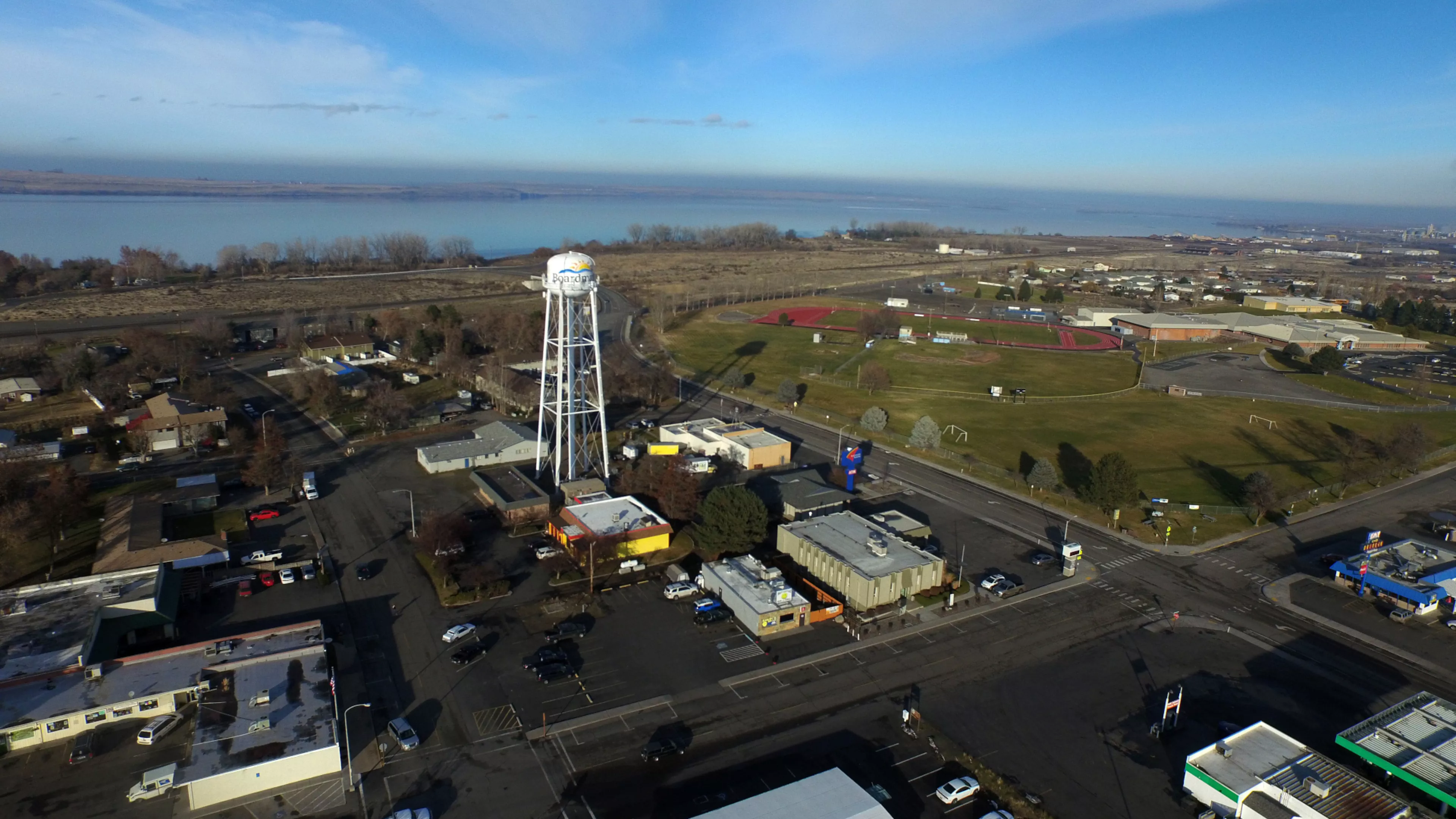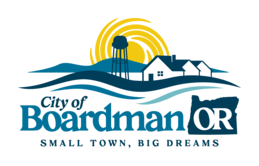
How To Keep Your Water Safe
WHAT YOU NEED TO KNOW ABOUT CROSS-CONNECTION AND BACK-FLOW
WHAT IS A CROSS-CONNECTION?
A cross-connection is a point in a plumbing system where it is possible for a nonportable substance to come into contact with the potable drinking water supply, most cross-connection occur beyond the customer service connection within residential, commercial or industrial plumbing systems.
WHAT IS CROSS-CONNECTION IN THE WATER SYSTEM?
Is the physical connection between the potable water system and end-use where a potential hazard exits.
POSSIBLE CROSS-CONNECTION RISKS
- Submerged hoses
- Lawn sprinkler systems
- Fire protection systems
- Swimming pools and hot tubs
- Water features and fountains
- Solar water heating systems
- Cooling towers
- Wells and auxiliary water supplies
- Boilers
WHAT IS BACKFLOW?
Backflow is water flowing in the opposite of its intended direction.
Example: when the customers side has high pressure then the distribution side water can flow backwards
WHAT IS A BACKFLOW PREVENTION ASSEMBLY?
Backflow prevention assemblies are mechanical devise installed on water service lines to prevent the backflow of contaminated (unsafe to drink)water from entering the drinking water supply.
REDUCED PRESSURE BACKFLOW ASSEMBLY (RP)
- Common applications include swimming pools pump systems, chemical injections systems.
- Must be installed above ground
- require annual testing
- Highest protection
- Must protect from freezing
DOUBLE CHECK VALVE ASSEMBLY (DCVA)
The most common residential assembly. Common installation points include: Lawn irrigation and fire sprinkler system
- May be installed below ground
- Requires annual testing
- Protects against many but not all hazardous conditions
PRESSURE VACUUM BREAKER (PVB)
Common application include: Lawn irrigation systems
- Must be installed a minimum of 12" above the highest downstream piping
- More susceptible to freezing than the DVCA
- Requires annual testing
- Must protect from freezing
HOSE BIB VACUUM BREAKER
Common applications include: hoses, wash tubs, and utility sinks
- Easy to install
- No test requirements
- Limited backflow protection
ATMOSPHERIC VACUUM BREAKER (AVB)
These devices are not recommended because they can't be tested to confirm they are working properly and are limited to size.
DID YOU KNOW?
- Back-flow assemblies are required to be tested annually by a certified backflow assembly tester.
- A list of certified backflow assembly testers is available on the Oregon Health Authority website at www.public.health.oregon.gov
- A copy of all backflow assembly test reports are to be submitted to the City of Boardman upon completion.
- Maintain a cross-connection a control program is critical to protecting the safety and high quality of the potable water system. Cross connections exist and can result in serious contamination events.
BE AWARE OF THERMAL EXPANSION
- You may need to protect your water heater from thermal expansion when you install a backflow prevention assembly at the water meter.
- Protection may be provided by the installation of a thermal expansion tank and a temperature relief valve (commonly referred to as a I&P Valve.)
- Contact a licensed plumber for assistance.
HOW CAN I HELP PROTECT MY DRINKING WATER?
- Be aware of the possible hazards of cross connections and avoid them whenever possible.
- Protect all cross connections with appropriate backflow assemblies.
- Prior to installation of the appropriate backflow prevention assembly, contact the City of Boardman Building Department at 541-481-9252 to obtain a plumbing permit.
- Have all backflow assemblies tested annually by a certified tester.
- Submit backflow assembly test reports to the City of Boardman.
